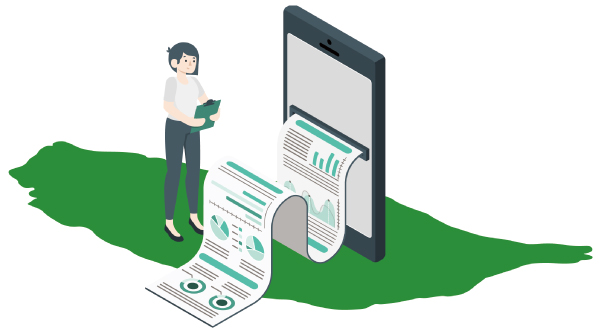Tourism Satellite Accounts (The Economic Impact)
The 2017 Taiwan Tourism Satellite Account (TSA) was compiled in accordance with the “Tourism Satellite Account: Recommended Methodological Framework 2008 (TSA 2008).” It adjusts the categories of Taiwan's tourism products to include: accommodation services, food and beverage services, traveler transportation services (consisting of land, air and water passenger transportation services), car rental services, travel agency services, entertainment and recreation services, and shopping services. Corresponding industries include the hotel industry, restaurant industry, transportation service industry (consisting of the land, air, and water transportation sectors), car rental industry, travel service industry, entertainment and recreation service industry, and retail industry, collectively known as “tourism characteristic industries.”
Further adjustments to the Taiwan TSA account included tables for: inbound tourism expenditure (product types), domestic tourism expenditure (product types and tourism type), internal tourism expenditure (product type), tourism industry and other industry production accounts (producer price), tourism proportion of tourism products, tourism proportion of tourism industry, tourism direct gross value added (TDGVA), tourism industry employment, and tourism indicators. The adjusted Taiwan Tourism Satellite Account was called the TTSA2016.
According to the TTSA2016, TDGVA amounted to NT$427.9 billion in 2017, equal to 2.38% of GDP. The tourism industry employed 537,000 people that year and generated tourism-related spending totaling NT$1.066 trillion. Taiwan nationals spent NT$171.1 billion on outbound tourism and NT$433.7 billion on domestic tourism. Inbound visitors spent NT$461.5 billion on tourism in Taiwan.
In terms of visitor spending on different tourism products, in 2017 outbound travelers from Taiwan spent the most on transportation, travel services, and shopping. Domestic travelers' biggest expenditure areas that year were food and transportation (including gas cost for self-driving), shopping and accommodations. Inbound tourists spent the most on food, followed, in descending order, by transportation, shopping, accommodations, entertainment services, travel services, and car rental. Overall, the largest tourism expenditure items in descending order were transportation, food, shopping, accommodation, travel services, entertainment services, and car rental.




